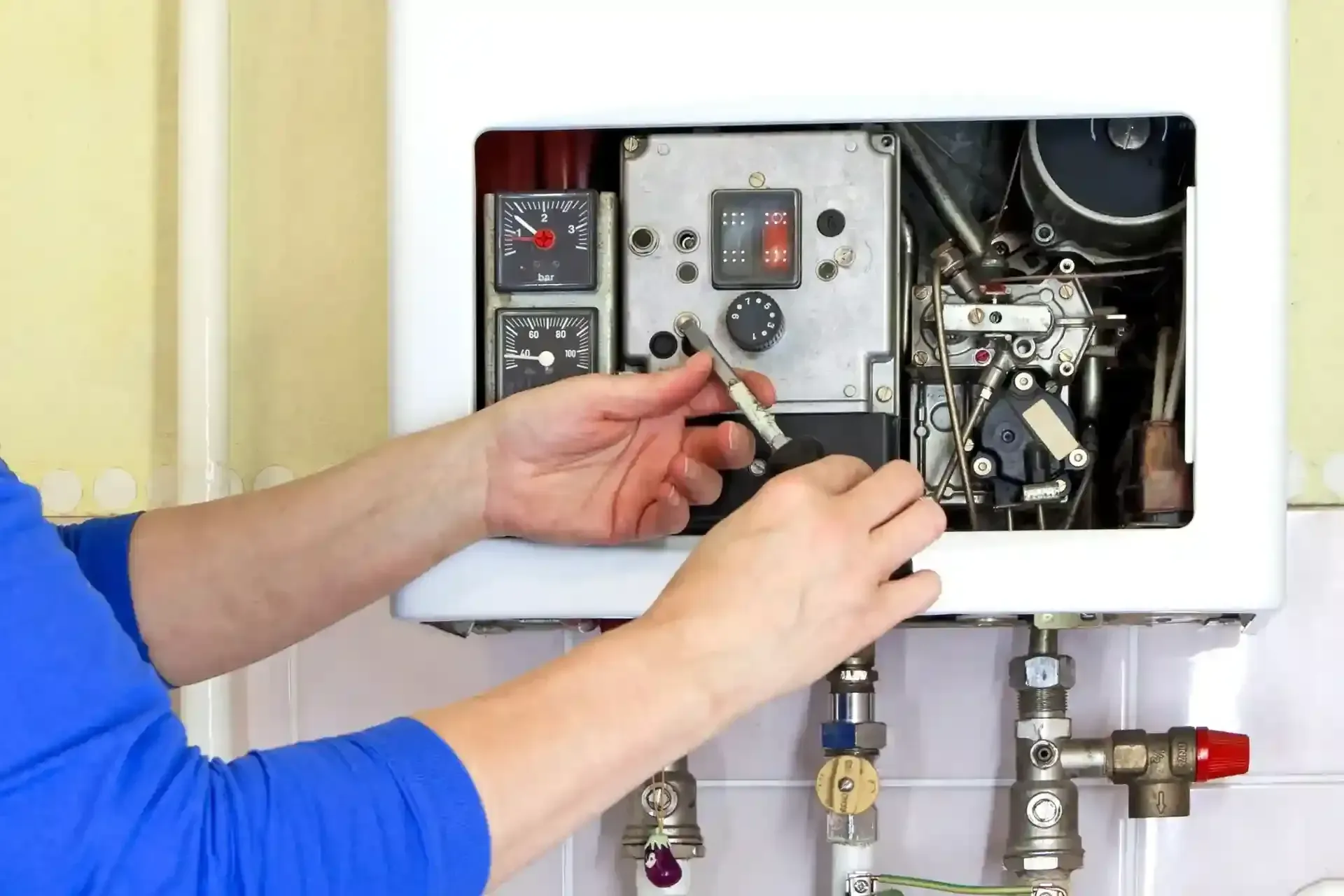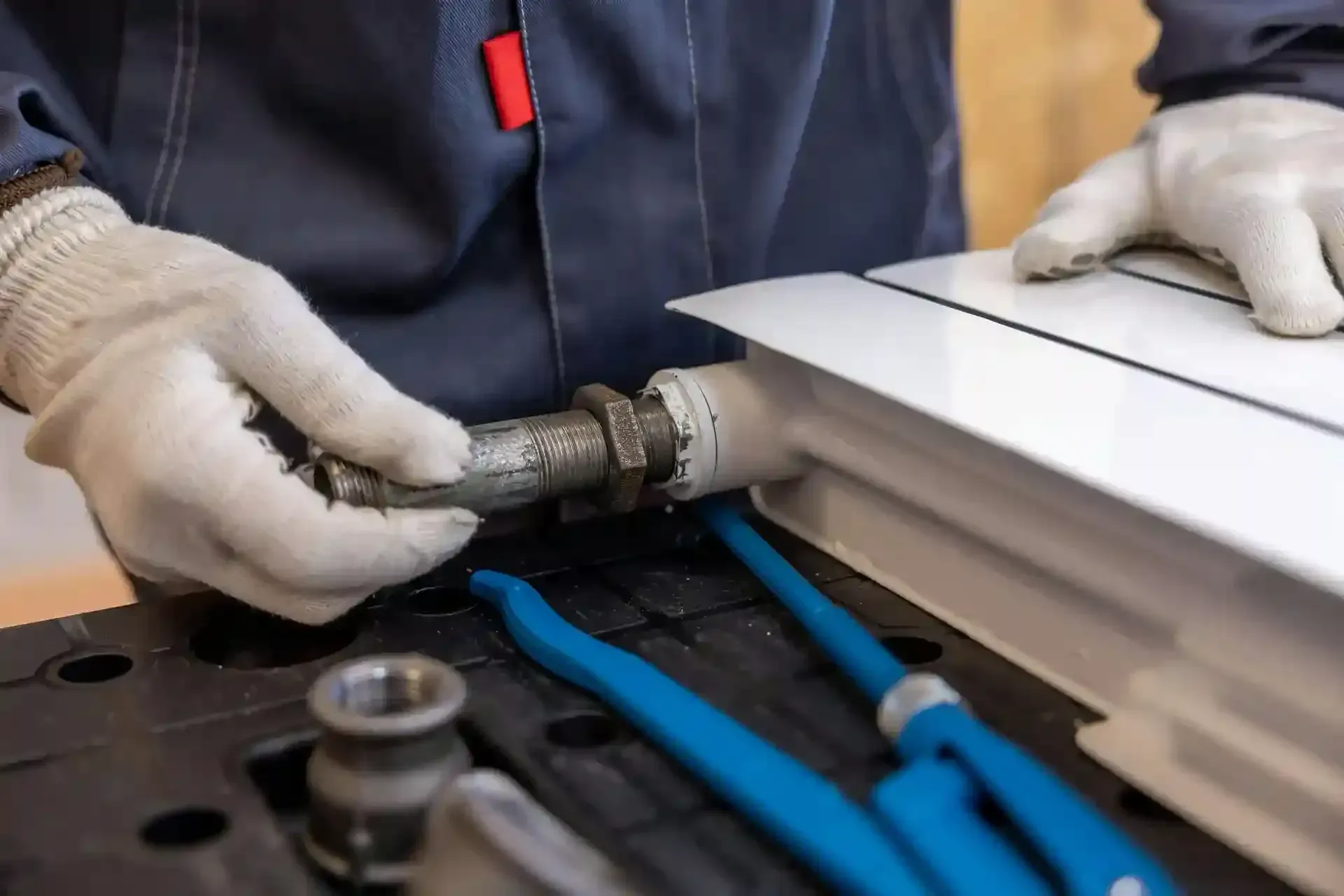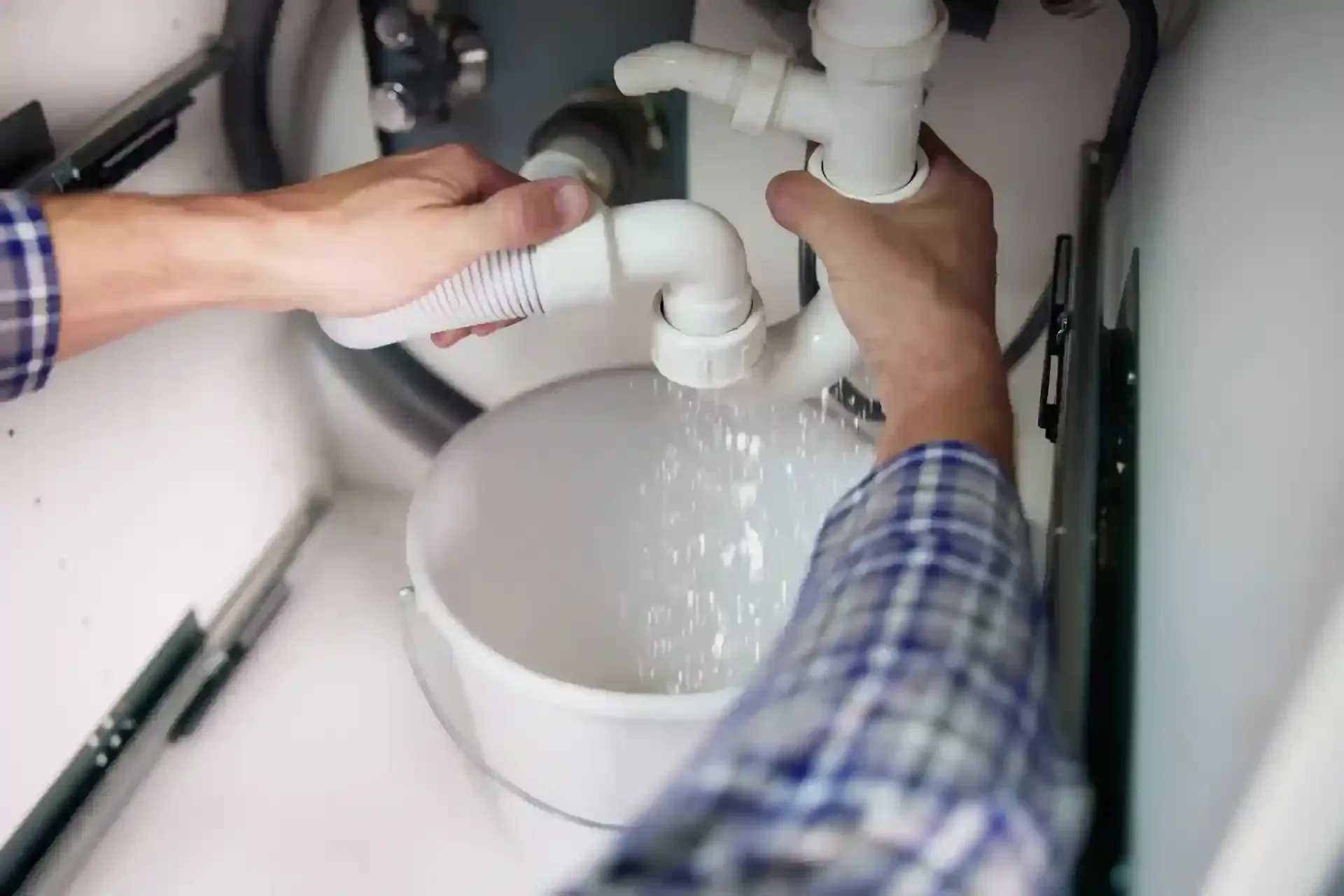When Did Indoor Plumbing Begin? Uncovering Its Invention
When Did Indoor Plumbing Begin? Uncovering Its Invention

Indoor plumbing is a cornerstone of modern civilization, providing essential services that most of us take for granted. But when did indoor plumbing begin? The history of this critical invention is as fascinating as it is lengthy, stretching back thousands of years and involving multiple ancient civilizations. This article delves into the origins of indoor plumbing, examining its development, implications, and the broader context of its evolution.
The Dawn of Indoor Plumbing
The story of indoor plumbing begins in ancient civilizations where early attempts to manage water supply and waste were made. The earliest known plumbing systems date back to around 4000-3000 BCE in Mesopotamia. The people of this region, particularly in cities like Ur and Babylon, created rudimentary drainage systems and clay pipes to carry water and waste.
Ancient Egypt and Greece
In ancient Egypt, plumbing advancements included the use of copper pipes to move water within palaces and temples. Around 2500 BCE, the Egyptians developed simple yet effective methods for maintaining hygiene and water management. They constructed elaborate bathrooms with drainage systems in their palaces, reflecting the importance of cleanliness in their culture.
Meanwhile, in ancient Greece, the Minoan civilization on the island of Crete showcased advanced plumbing techniques around 2000 BCE. The Minoans built aqueducts, terra cotta pipes, and sophisticated drainage systems, as evidenced by the ruins of the palace at Knossos. This palace had flushing toilets and intricate water systems, indicating a high level of innovation and engineering skill.
The Roman Empire's Innovations
Perhaps the most significant advancements in early plumbing were made by the Romans. Between 500 BCE and 300 CE, the Roman Empire developed extensive plumbing infrastructure that remains influential today. The Romans built aqueducts to transport water over long distances, supplying cities and towns with fresh water. They also constructed public baths, fountains, and sophisticated sewer systems like the Cloaca Maxima in Rome, which is still in use today.
The Roman emphasis on public health and sanitation led to the widespread use of lead pipes (despite their eventual health risks) and advanced public restrooms, complete with flushing mechanisms. These innovations ensured that Roman cities could support large populations while maintaining a relatively high standard of public hygiene.
The Decline and Revival of Plumbing
After the fall of the Roman Empire in the 5th century CE, much of Europe saw a decline in plumbing technology. The Middle Ages were marked by poor sanitation and limited advancements in water management, contributing to the spread of diseases. However, some knowledge of Roman plumbing persisted in Byzantine and Islamic civilizations, where scholars preserved and expanded upon ancient texts.
Renaissance to Industrial Revolution
The revival of plumbing began in the Renaissance period. Improved understanding of medicine and public health prompted renewed interest in sanitation. Leonardo da Vinci and other Renaissance figures studied Roman texts and experimented with water systems. By the 17th century, European cities began to reintroduce public waterworks and sewers, albeit on a smaller scale than Roman times.
The Industrial Revolution in the 18th and 19th centuries marked a turning point for indoor plumbing. Rapid urbanization and the growth of cities necessitated better sanitation infrastructure. Innovations such as cast iron pipes, modern toilets, and pressurized water systems were introduced, making indoor plumbing more common in urban areas.
Modern Plumbing: A Continuous Evolution
Today, indoor plumbing is a standard feature in developed nations, providing clean water and effective waste management. Advances in materials, such as PVC and PEX pipes, have made plumbing systems more durable and cost-effective. Modern plumbing also incorporates eco-friendly technologies, like low-flow fixtures and water recycling systems, reflecting a growing awareness of environmental issues.
Broader Implications and Perspectives
The development of indoor plumbing has had profound implications for public health, urbanization, and quality of life. Access to clean water and effective waste disposal has drastically reduced the incidence of waterborne diseases. Furthermore, the convenience of indoor plumbing has transformed daily life, allowing for greater comfort and hygiene.
However, the history of plumbing also highlights disparities in access to sanitation. While developed nations enjoy advanced plumbing systems, many parts of the world still struggle with inadequate water and waste management. Addressing these disparities is crucial for global health and equality.
Insights and Counter Arguments
Some historians argue that the reliance on lead pipes in Roman times contributed to the decline of the Roman Empire due to lead poisoning. Others counter that the levels of lead exposure were not significant enough to cause widespread health issues. This debate underscores the importance of materials and safety in plumbing design.
Another perspective to consider is the environmental impact of modern plumbing. While it has greatly improved sanitation, the extensive use of water and chemicals in plumbing systems poses challenges for sustainability. Innovations in green plumbing aim to address these issues by reducing water waste and promoting eco-friendly practices.
Conclusion: Reflecting on Plumbing's Legacy
The journey of indoor plumbing, from ancient Mesopotamian drains to modern eco-friendly systems, is a testament to human ingenuity and the quest for better living conditions. Understanding the history of indoor plumbing not only provides insights into our past but also highlights the ongoing need for innovation and equitable access to sanitation.
When did indoor plumbing begin? The answer reveals a fascinating timeline of human progress and technological advancement. As we continue to evolve our plumbing systems, it is essential to balance innovation with sustainability and accessibility for all.
For more information on the history and advancements in plumbing, visit On Point Plumbing & Heating and explore how we can help with all your plumbing needs. When did indoor plumbing begin? Let’s uncover the history together and continue improving our systems for a better future.




